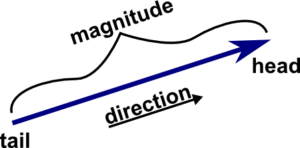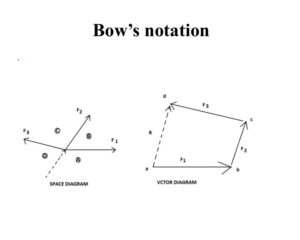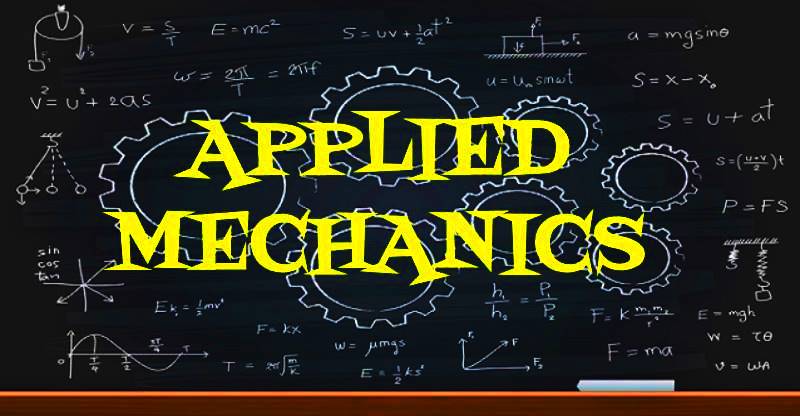LAW OF FORCES
FORCE:
A push or pull which when acts on a body produces or tends to produce, stops or tends to stop the motion of the body is called force.
This definition has been derived from Newton’s first law of motion which states that a body remains in the state of rest or uniform motion in a straight line unless it is compelled by some external force to change its state. This law tells us the change in two different states of a body i.e. REST and UNIFORM MOTION.
First part of law of forces which talks about the change of state from rest is a matter of common observation that the things at rest will not move unless some force is applied on them.
Second part of law talks about change of state of uniform motion of a body. Bodies once set in motion and moving force withdrawn stops after some time due to force of friction. If this force of friction would not have been there, the bodies moving in straight line will keep on moving forever.
In definition we studied tends to produce and tends to stop, it means that a minimum value of force is required to change the state of rest of a body due to inertia. If the force is less than a minimum value, it fails to move the body. For example, a person applying a force on the wall will not achieve any result but if a JCB crane applies a force on a wall it will break or move it form the state of rest.
EFFECTS OF FORCE:
When a force acts upon a body, following effects may be produced by it on that body:
- It may balance the forces already acting on the body thus bringing the body to a state of rest or equilibrium.
- It may bring a change in the motion of the body, i.e. the motion may be accelerated or retarded.
- It may change the shape or size of the body i.e. the body may be twisted, bent, stretched, compressed or distorted by the action of the force.
UNITS AND MEASUREMENT OF FORCE:
Units of force can be deduced from Newton’s second law of forces or second law of motion which states that rate of change of momentum is directly proportional to the external force applied to the body.
Force = Mass x Acceleration
F.P.S UNIT SYSTEM (Foot, Poundal, Second)
1 Poundal = 1 Pound x 1 ft/sec2
= Pound ft/ sec2
C.G.S UNIT SYSTEM (Centimeter, Gram, Second)
1 Dyne = 1 gm x 1 cm/sec2
= gm cm/sec2
M.K.S UNIT SYSTEM (Metre, Kilogram, Second)
1 Newton = 1kg x 1 m/sec2
Newton = kg.m/sec2
CHARACTERISTICS OF A FORCE:
The quantities by which a force is fully represented are known as the characteristics of a force. These are also called elements of a force.
- Magnitude: The quantity of the force is called magnitude.
- Direction: The line along which the force is acting is called the direction or line of action of the force.
- Sense: The way in which the force is acting is called sense. It may be push or pull.
- Point of application: The point at which the force is acting is called point of application of the force.
REPRESENTATION OF FORCES:
Force may be represent in the following two ways:
(i) Vector Representation (ii) Bow’s Notation
(i) Vector Representation:
- In this method, force is graphically represented by vectors. Here the length of the vector shows the magnitude of the force and the arrow head shows the direction of the force.

(ii) Bow’s Notation:
- In this method of representation of a force capital alphabets are put on either side of the line of action of the force.

PRACTICAL EXAMPLES OF APPLICATION OF FORCES
RELATED VIDEOS FOR LAW OF FORCES:
